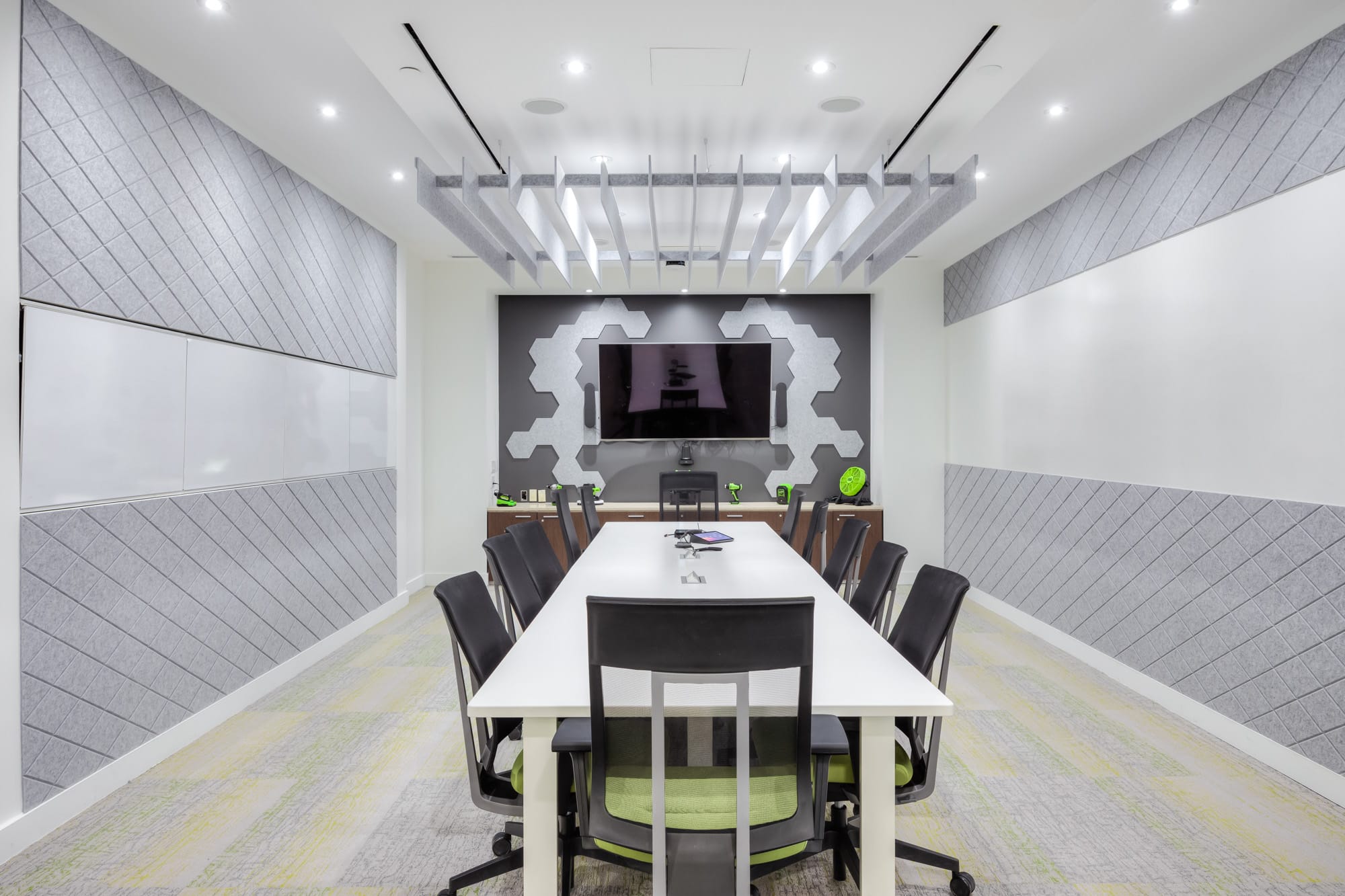Technology integration in the workplace offers transformative benefits that enhance office functionality. By leveraging modern tools and systems, organizations can improve collaboration, increase productivity, and streamline operations.
Streamlined Communication
Effective communication tools foster collaboration among teams.
Integration of communication platforms like Slack or Microsoft Teams enhances interaction between employees. These tools allow for real-time messaging, video calls, and file sharing, which can reduce misunderstandings and delays. Furthermore, the ability to create dedicated channels for specific projects or topics promotes focused discussions. This interconnectedness not only aids in swift decision-making but also cultivates a stronger team dynamic.
Increased Productivity
Automation of routine tasks frees up valuable employee time.
By automating repetitive processes through software like project management tools or customer relationship management (CRM) systems, employees can concentrate on more strategic activities. Automation minimizes human error and accelerates task completion, which can lead to higher output levels. Tools that integrate calendars, reminders, and task lists help streamline workflows and keep teams accountable. Ultimately, this fosters a culture of productivity and enhances overall office performance.
Data-Driven Decision Making
Access to analytics allows for informed business decisions.
Integrating data analytics tools enables organizations to gather insights from their operations and market trends. These insights can inform strategic decisions, optimize workflow, and improve customer targeting. Having real-time data at their fingertips allows managers to identify inefficiencies and areas for improvement swiftly. Consequences, businesses can adapt their strategies based on actual performance data rather than assumptions, driving more successful outcomes.
Enhanced Security
Modern technology solutions provide robust security measures for sensitive data.
Utilizing cybersecurity technology, such as encryption and firewalls, protects company data from breaches and cyber threats. Consistent software updates and cloud-based storage options further safeguard information against loss and unauthorized access. Training employees in data protection protocols also reinforces the importance of security within the office environment. By prioritizing security measures, businesses can build trust with clients and stakeholders.
Flexible Work Environments
Technology facilitates remote work options and flexible schedules.
With tools like Zoom and virtual private networks (VPNs), employees can work from anywhere, allowing for increased flexibility. This adaptability leads to greater job satisfaction and can enhance work-life balance. Such arrangements not only attract talent but also assist in retaining skilled employees. Moreover, having a hybrid work model can reduce office space costs while maintaining productivity and engagement.
Improved Customer Engagement
Integrating customer relationship management tools enhances customer interactions.
CRM systems help track customer interactions, preferences, and feedback, enabling personalized engagement. This leads to better customer service and stronger relationships, which are crucial for long-term success. By automating follow-ups and monitoring customer satisfaction, businesses can more effectively respond to client needs. Ultimately, this technological integration helps in building a loyal customer base.
Continuous Learning Opportunities
Technology provides access to ongoing training and development resources.
Online platforms offer employees opportunities for skill enhancement, keeping them updated with industry trends. Learning management systems (LMS) can host various training modules that cater to different learning paces and styles. This not only helps in personal growth but also promotes innovation within the workplace. Encouraging a culture of continuous learning ensures that the organization remains competitive and adaptable.
Overall, integrating technology into the workplace significantly enhances office functionality by improving communication, productivity, security, and more. This strategic adoption not only drives efficiency but also prepares organizations for future challenges, making them more resilient and innovative.

